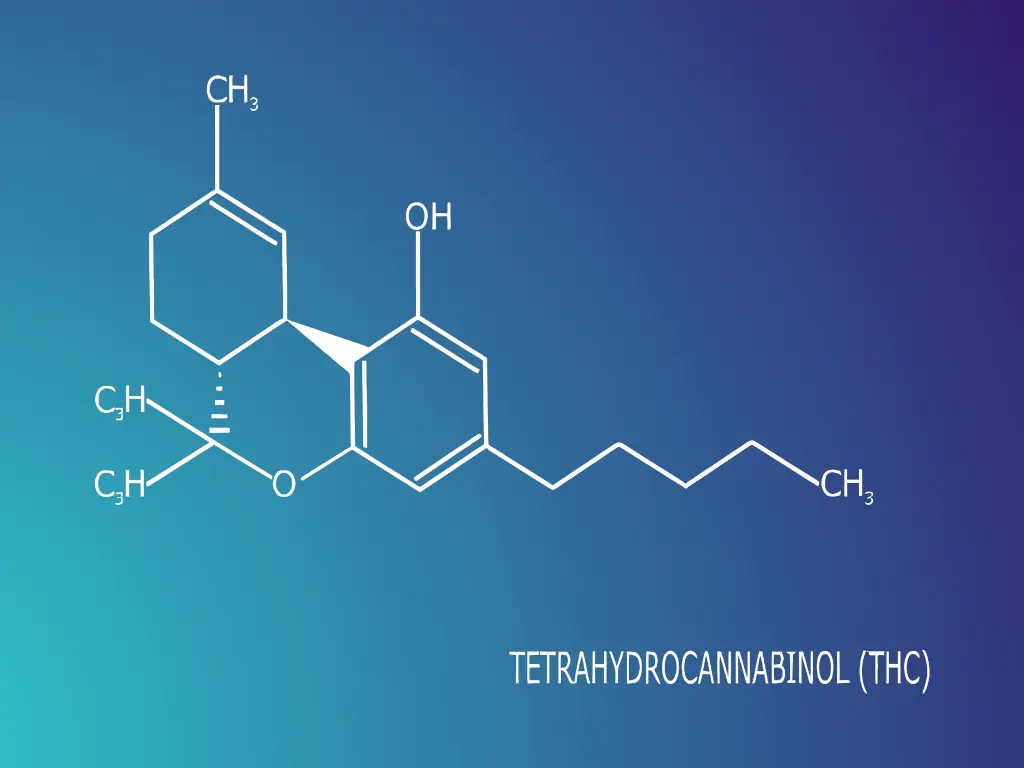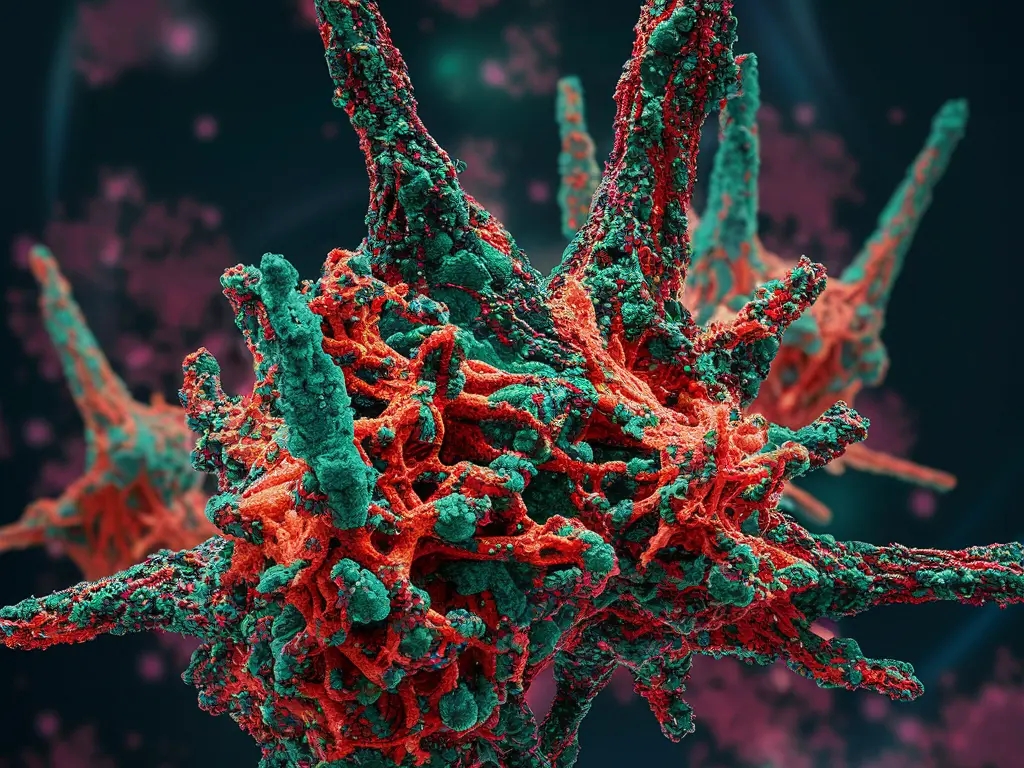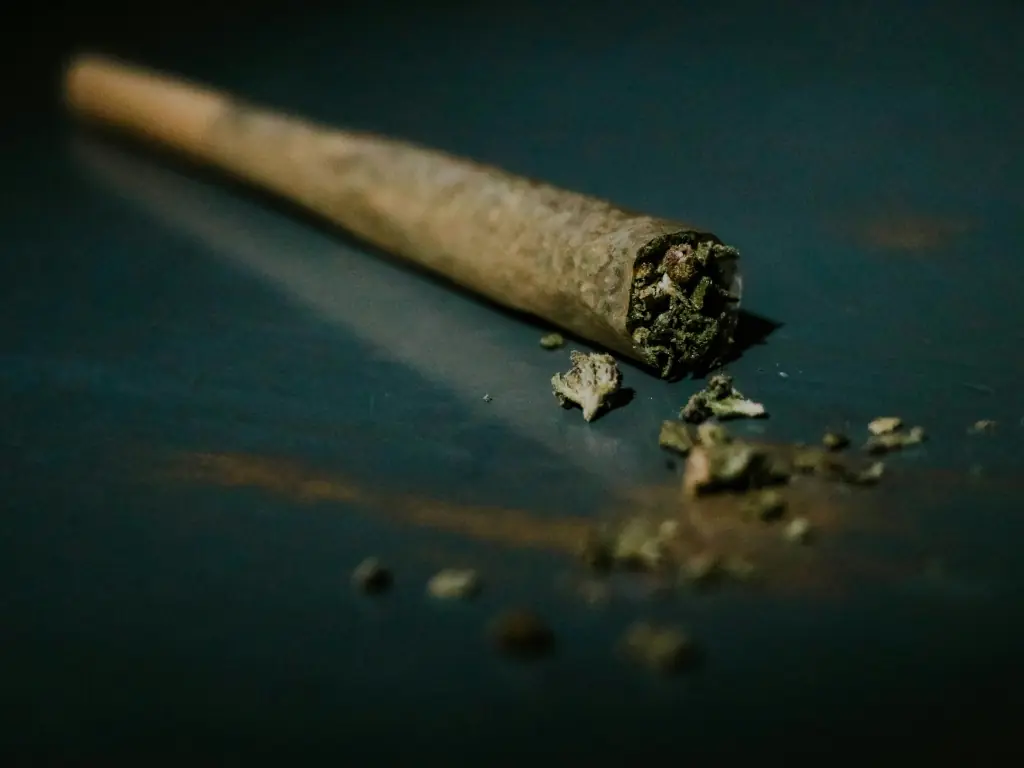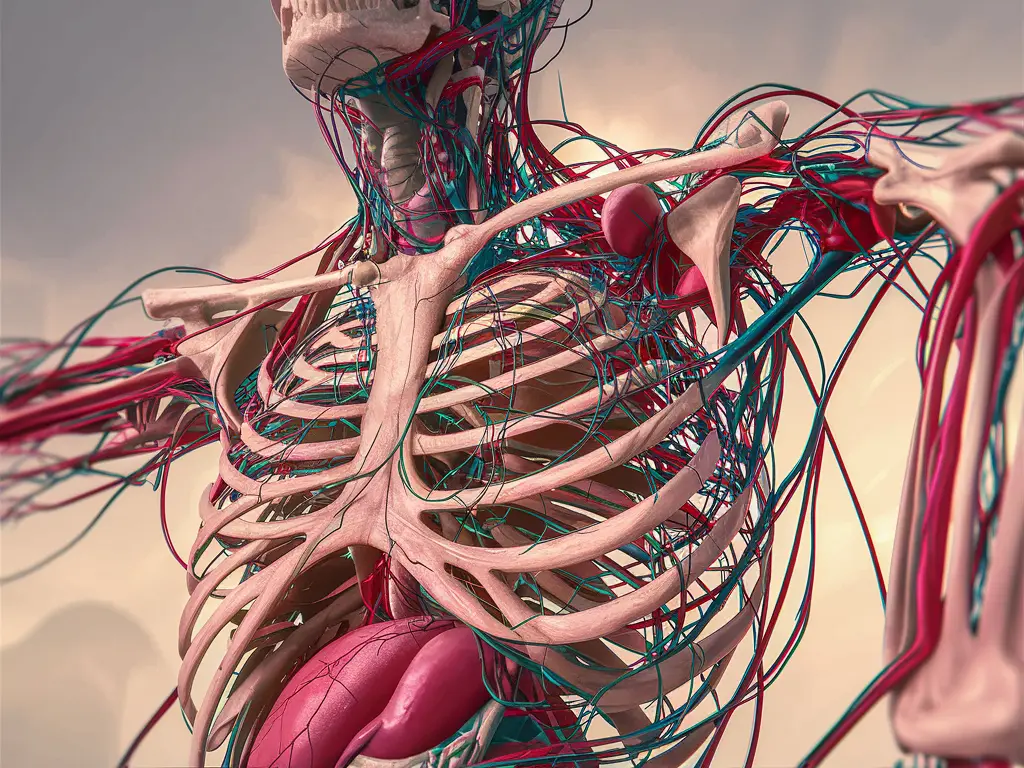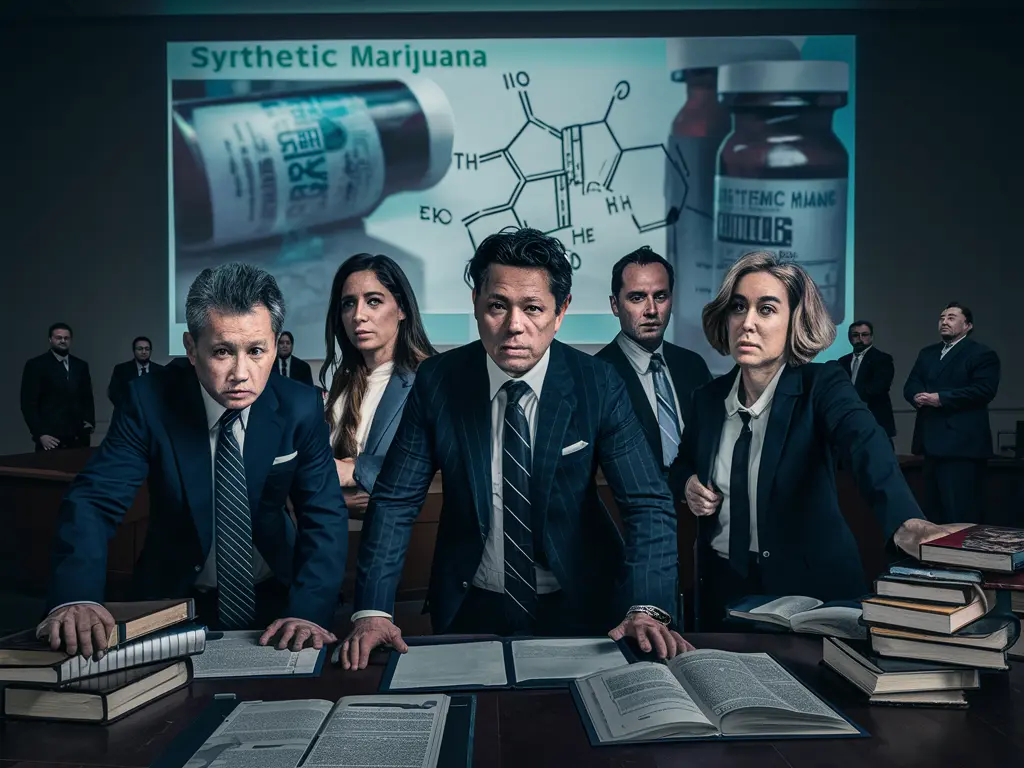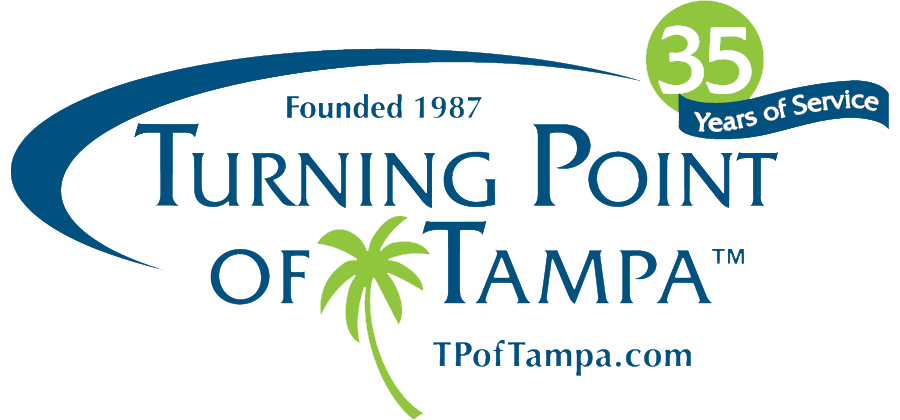As you can tell from the title, the purpose of this article is to outline the very serious risks people take when they use synthetic cannabinoids. If you don’t know this already, there are real and immediate risks to an individual’s mental as well as physical health from the use/abuse of fake weed, also known as spice, K2 and various other names. These substances are sold in gas stations, vape shops and on the internet, and they come in colorful, friendly and tempting looking packaging.
What are Synthetic Cannabinoids?
Synthetic cannabinoids also known as synthetic marijuana were originally developed by an organic chemist at Clemson University, and were intended to be used for medical research only. Ironically, the work was funded by the National Institute on Drug Abuse. The chemists wanted to study the cannabinoid receptors in the brain, and how cannabis attaches to them. However, due to legal restrictions on the use of natural cannabis –marijuana– a synthetic compound was developed.
In short order, however, street chemists soon discovered there was money to be made, and began marketing these products to young people. Usually labeled as “herbal incense”or “potpourri”, these products are advertised as giving users a “legal and natural high”. Of course, there is plenty of misinformation out there, and packages these products come in may be labelled “not for human consumption”. But that is only to avoid a lawsuit.
What is Spice?
K2 and Spice are just two of the various brand names that these synthetic cannabinoids are sold under. There are literally hundreds of others. These substances are not regulated by any government agency, so, of course, there is no information available on what dangerous or harmful chemicals they might contain.
There have been multiple varieties of synthetic cannabinoids identified, with more being created every day. Simply put, spice, K2, bath salts and all the rest are chemical substances created in a lab, and are either sprayed in liquid form on dried plant material, or packaged to look like incense or potpourri.
Synthetic Cannabinoid Products
Obviously, if the chemical composition of synthetic cannabinoids is unknown, then effects on an individual can not be predicted. Chemical compounds in K2, spice, are created in basement labs in a toxic liquid form. However, many synthetic cannabinoids are chemically similar to natural cannabis.
Because they are not regulated, the side effects of smoking synthetic marijuana can also be hazardous, and in some cases have actually been life threatening. It seems as though using these substances can be a little like playing Russian Roulette with a .45 automatic.
Spice Side Effects
The National Institute on Drug Abuse studies the harmful effects of regular use of synthetic marijuana or synthetic cannabinoids on humans and they have identified multiple short and long term harmful effects from spice abuse.
The U.S. Drug Enforcement Administration website has issued this warning:
State public health and poison centers have issued warnings in response to adverse health effects associated with abuse of herbal incense products containing these synthetic cannabinoids. These adverse effects included tachycardia (elevated heart rate), elevated blood pressure, unconsciousness, tremors, seizures, vomiting, hallucinations, agitation, anxiety, pallor, numbness, and tingling.
These synthetic cannabinoids pose a significant danger of poisoning the user. Many government and private poison control entities have issued multiple warnings regarding the use and abuse of synthetic cannabinoids. Also, there have been some cases where adverse health effects have been long-lasting, even after the user quits.
No Advisories
There are NO advisories on the packaging of these products as to the health and safety risks to the user. Even Aspirin comes with a warning label. The is no list of ingredients. Additionally, many of these synthetic cannabinoids can be contaminated with other drugs.
Synthetic cannabinoids, such as those that resemble Epsom Salt, are sold labelled as “bath salts”, but can also can contain synthetic cathinones, a lab made stimulant that has it own hazards.
Adverse Physical Health Risks
Using synthetic cannabinoids regularly has hazards, some of which are very serious and in some instances have been known to even cause death.
- Acute kidney injury – including a condition known as rhabdomyolysis (Rhabdo)- can occur. Rhabdo can cause liver toxicity and kidney failure resulting in potential fatality or permanent damage to these organs, if not treated immediately.
- Tachycardia – is an abnormally high heart rate. Without medical intervention, this condition can damage the heart muscle, and potentially cause a heart attack.
- Hypertension – sustained high blood pressure can have a negative effect on the heart and kidneys.
- Effects on the nervous system can include irritability, seizure, agitation, or acting violently.
If all that is not enough, bloody noses, bleeding gums or internal hemorrhage has been seen in some patients due to the fact that some of these substances contain an anticoagulant contained in some rat poisons.
Adverse Psychiatric Effects
Occurrences of multiple psychiatric symptoms that have required hospitalization have been reported. Some of these symptoms can persist for a month or longer after use, and can include psychosis, anxiety and panic attacks.
If you use synthetic cannabinoids on a regular or even occasional basis, you are taking extreme risks with your physical and mental health. Please be aware that any adverse physical and psychiatric side effects of using synthetic cannabinoids requires immediate medical attention.
Withdrawal Symptoms
Side effects and withdrawal symptoms are common when use is stopped, especially if you have been using these substances on a regular basis. Synthetic cannabinoid withdrawal syndrome can include some or all of the following: severe headache, depression, anxiety and extreme irritability combined with restlessness and/or cravings.
These products are illegal because they are dangerous. Once again, the long term effects of using these substances is unknown. Again – there is no safe way to use synthetic cannabinoids. Addiction treatment is available.
Stay ahead and aware of drug use and learn what can cause addiction. Marijuana is a substance often overlooked as a natural plant material turned into dried herbs. Marijuana and spice together or separately can be dangerous cause a variety of physical problems, hallucinations, confusion, and even death.
The Law and Synthetic Marijuana
Although most varieties of synthetic cannabinoid are illegal, manufacturers get around this by changing the chemical formula. However, it is a currently a class 3 felony to possess these substances.
There are currently 43 substances that are specifically listed as Schedule I drugs. A Schedule I substance is defined as a chemical or drug with no currently accepted medical use.
Turning Point of Tampa Addiction Treatment Centers
Since 1987 Turning Point of Tampa has offered a full continuum of licensed care which includes Medical Detox, Residential Treatment, Day Treatment with housing (PHP), and Intensive Outpatient Treatment (IOP) for alcohol and drug addiction as well as co-occurring disorders. Addiction coupled with a mental illness diagnosis would be a co-occurring disorder.
Some of the therapeutic services at TPOT include Expressive Arts Therapy, Equine Therapy, Motivational Interviewing, Reality Therapy, CBT, Accelerated Resolution Therapy (ART), Trauma Therapy, individual and group Therapy. For more information go to TPOT website and look under Services tab.
Turning Point of Tampa also welcomes Veterans to the program and has dedicated some specific support groups and therapy styles for their related needs.
We are In-Network with most major medical insurance companies, which will allow you to utilize your health insurance to get help for your addiction or eating disorder. If you need help or know someone who does, please contact our admissions department 24 hrs per day.
